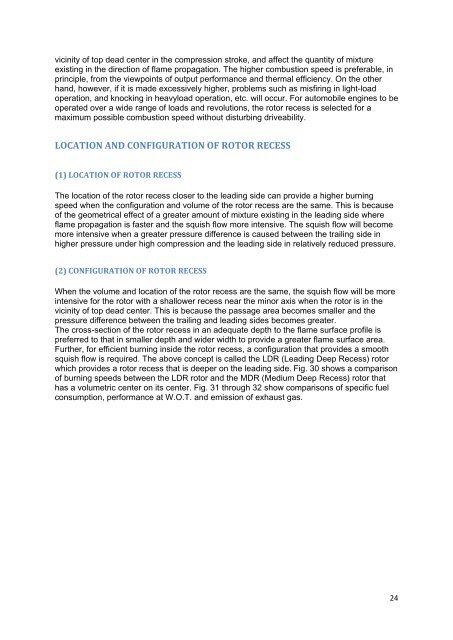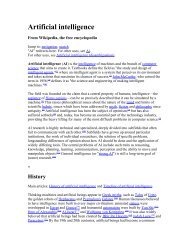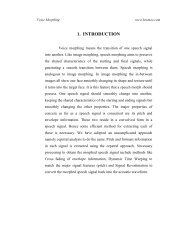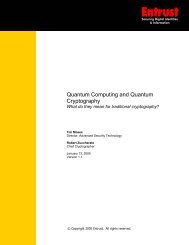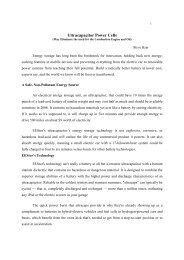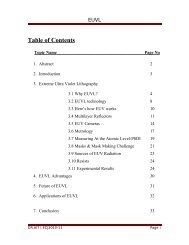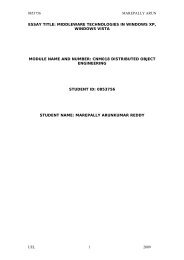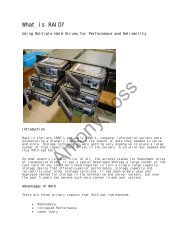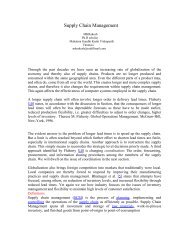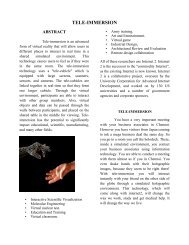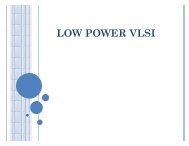Wankel Engines Project Report edited .pdf - 123SeminarsOnly
Wankel Engines Project Report edited .pdf - 123SeminarsOnly
Wankel Engines Project Report edited .pdf - 123SeminarsOnly
You also want an ePaper? Increase the reach of your titles
YUMPU automatically turns print PDFs into web optimized ePapers that Google loves.
vicinity of top dead center in the compression stroke, and affect the quantity of mixture<br />
existing in the direction of flame propagation. The higher combustion speed is preferable, in<br />
principle, from the viewpoints of output performance and thermal efficiency. On the other<br />
hand, however, if it is made excessively higher, problems such as misfiring in light-load<br />
operation, and knocking in heavyload operation, etc. will occur. For automobile engines to be<br />
operated over a wide range of loads and revolutions, the rotor recess is selected for a<br />
maximum possible combustion speed without disturbing driveability.<br />
LOCATION AND CONFIGURATION OF ROTOR RECESS<br />
(1) LOCATION OF ROTOR RECESS<br />
The location of the rotor recess closer to the leading side can provide a higher burning<br />
speed when the configuration and volume of the rotor recess are the same. This is because<br />
of the geometrical effect of a greater amount of mixture existing in the leading side where<br />
flame propagation is faster and the squish flow more intensive. The squish flow will become<br />
more intensive when a greater pressure difference is caused between the trailing side in<br />
higher pressure under high compression and the leading side in relatively reduced pressure.<br />
(2) CONFIGURATION OF ROTOR RECESS<br />
When the volume and location of the rotor recess are the same, the squish flow will be more<br />
intensive for the rotor with a shallower recess near the minor axis when the rotor is in the<br />
vicinity of top dead center. This is because the passage area becomes smaller and the<br />
pressure difference between the trailing and leading sides becomes greater.<br />
The cross-section of the rotor recess in an adequate depth to the flame surface profile is<br />
preferred to that in smaller depth and wider width to provide a greater flame surface area.<br />
Further, for efficient burning inside the rotor recess, a configuration that provides a smooth<br />
squish flow is required. The above concept is called the LDR (Leading Deep Recess) rotor<br />
which provides a rotor recess that is deeper on the leading side. Fig. 30 shows a comparison<br />
of burning speeds between the LDR rotor and the MDR (Medium Deep Recess) rotor that<br />
has a volumetric center on its center. Fig. 31 through 32 show comparisons of specific fuel<br />
consumption, performance at W.O.T. and emission of exhaust gas.<br />
24


